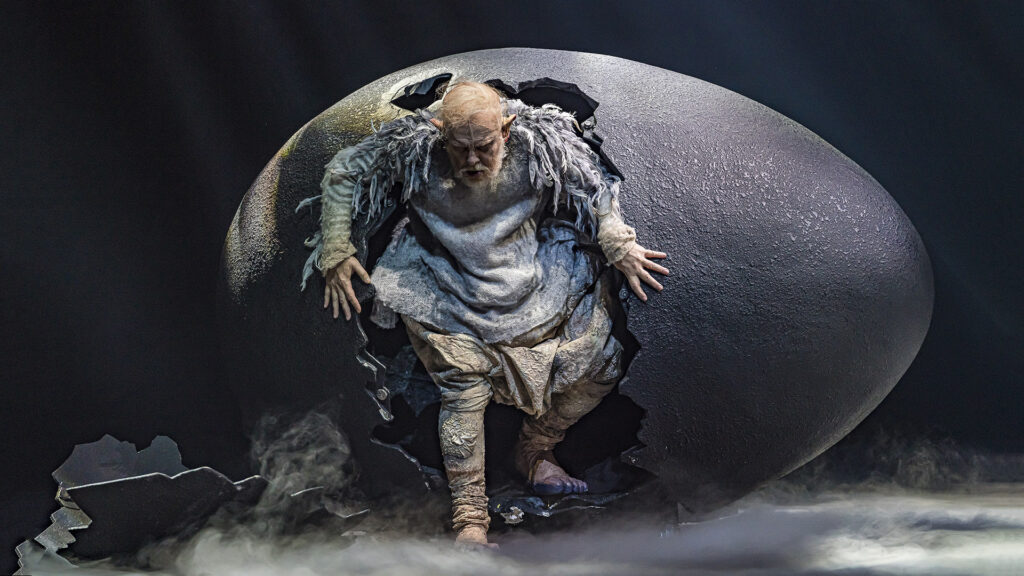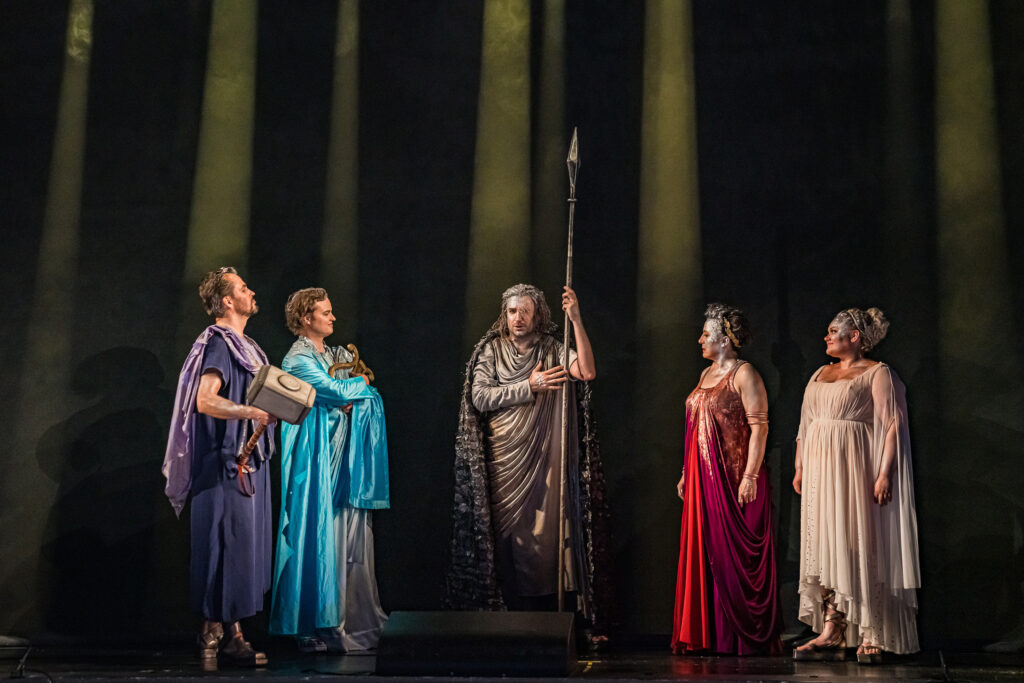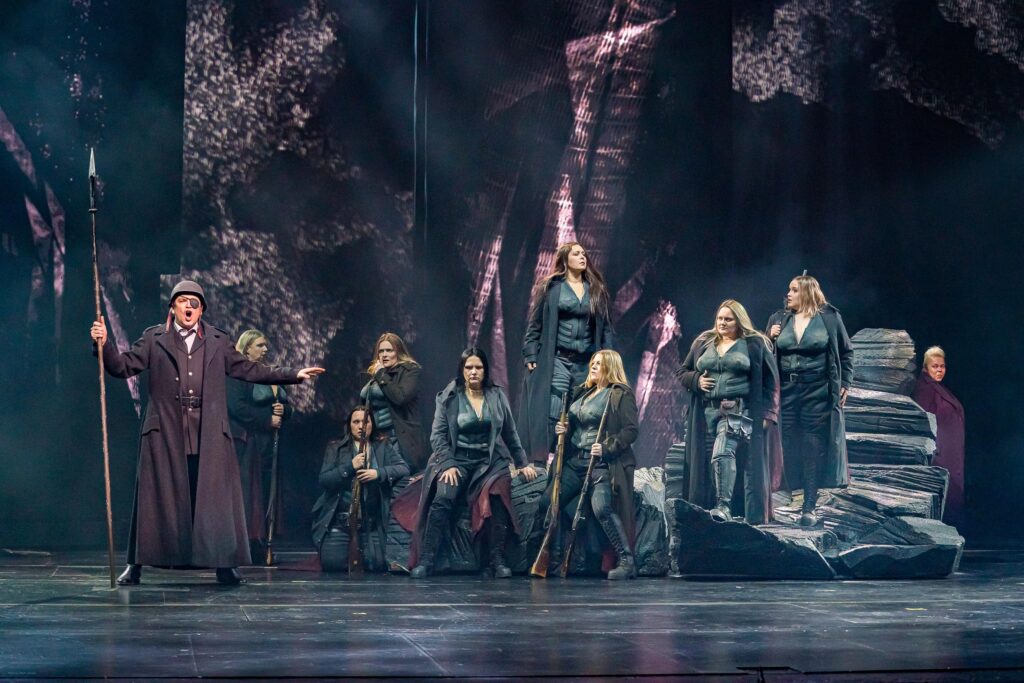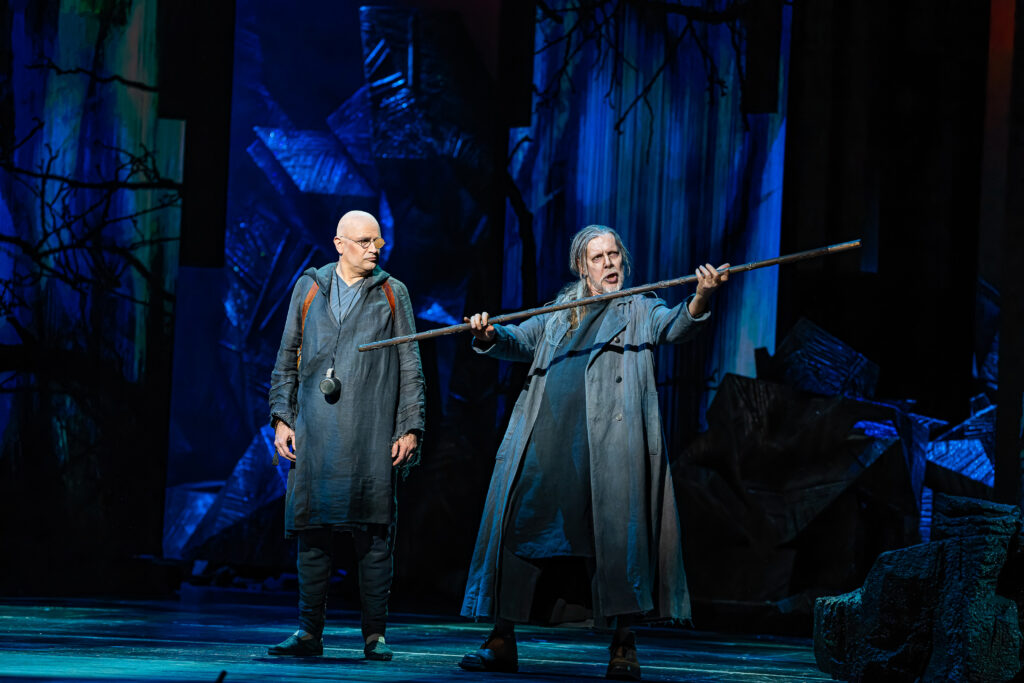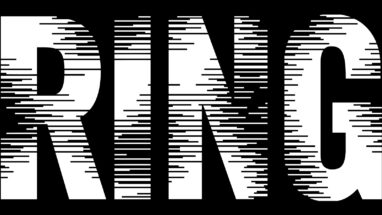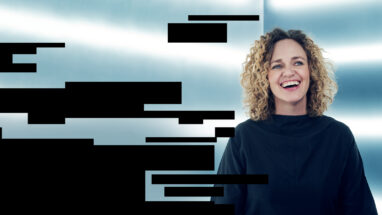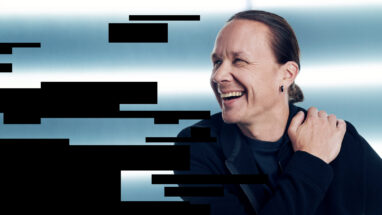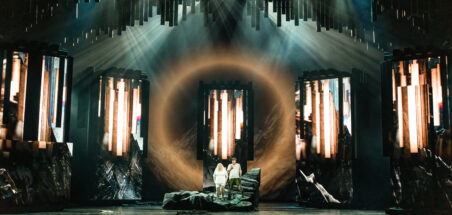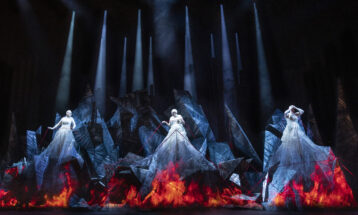
”My greatest inspiration in the Ring is Wagner’s music”
The spectacular costumes for the epic Ring cycle at the Finnish National Opera were designed by Erika Turunen. The costume designer, who is originally from Rauma, studied at the University of Art and Design in Helsinki and embarked upon her dream job at the Finnish National Opera in the mid-1990s.
”A work as monumental as Richard Wagner’s Ring tetralogy is only rarely undertaken. That’s why getting immersed in these four operas has been particularly inspiring. I’m excited by challenging, even bizarre projects, in which directors or choreographers aim for something new and different. On the other hand, I’m also fascinated by stories and mythologies like the Ring.
When I design costumes, my starting point is always music, so my greatest inspiration in the Ring is Wagner’s music. Since I was little, I played the French horn in the Rauma Youth Band, and I studied at the Music Institute. It’s really quite remarkable how many people from a small city like Rauma have become prominent figures in the Finnish music scene. For instance, Terhikki Tapani, a French horn player from Rauma, is part of our orchestra, and our Chief Conductor, Hannu Lintu, also went to the Rauma Music Institute.
I also started at an art school at a young age, which inspired me to apply to the University of Art and Design in Helsinki. My initial plan was to become an art teacher. However, while working on the admission assignments, I was totally captivated by the fashion design ones, so I ended up applying to the fashion design program instead. I’d always loved theatre – its smells and its ambiance. When it dawned on me that costume design could be combined with theatre, I knew it’d be my future profession. It’s just magical when the orchestra plays, the curtains open to a grand stage, and the performers step into its midst.
“The first costume sketches for Götterdämmerung were already created back in 2018 when the global situation was very different. For example, the gas masks seen in the opera were designed before the COVID-19 pandemic in Finland.”
I first started designing costumes for the opera studio of the Sibelius Academy of Music in the 1990s. It was there that I made my debut in opera costume design, working on Benjamin Britten’s A Midsummer Night’s Dream. The opera studio helped me grow into a costume designer while I was still studying. When I joined the Finnish National Opera and Ballet in September 1995, I felt incredibly privileged to work at a venue with its own orchestra. Just a year later, the Opera House staged the Ring, which was then directed by Götz Friedrich.
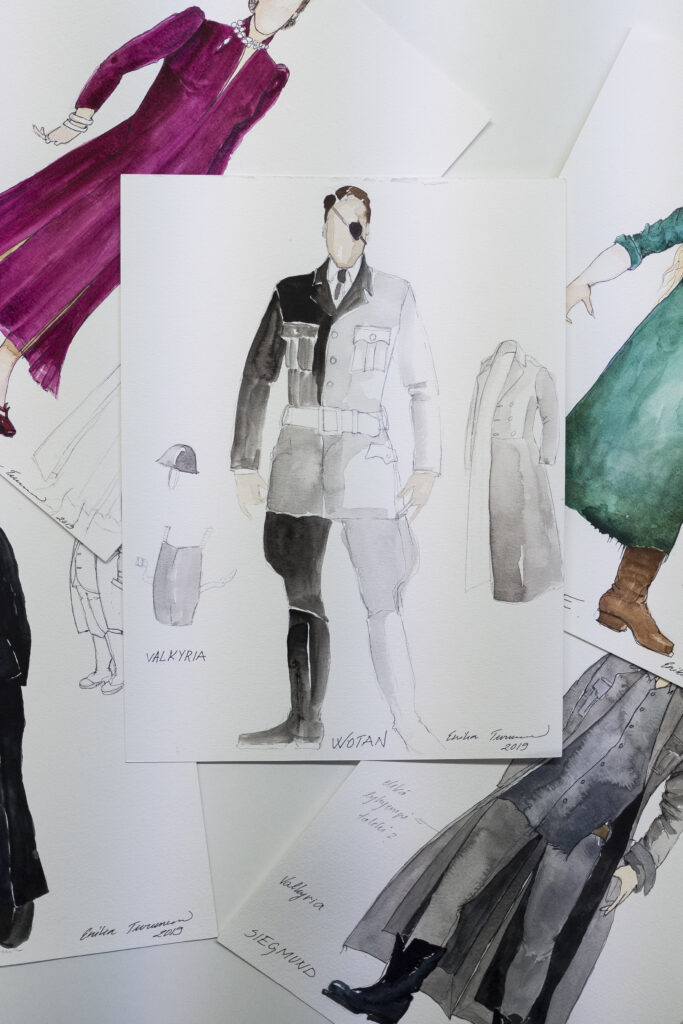
Costume design is not a solitary project: it’s all about teamwork. Director Anna Kelo had a clear vision from the start of what the Ring should look like. My role has been to bring her vision to life. Initially, we didn’t see eye to eye on the costumes. For example, for Das Rheingold, Anna wanted the characters to resemble ancient deities, which had me somewhat bemused—it felt like I was designing for a toga party. However, I realised that I had the liberty to play with colours and shapes, and ultimately, we found a good compromise. Anna was great at justifying her vision for the entire saga, which spans from antiquity to modern times and even reaches into a dystopian future at the end. In this sense, my work requires more than just enthusiasm for creating something new. You also need collaboration skills and the ability to compromise.
I’ve designed costumes for both opera and dance productions, and each art form has its own unique characteristics. In dance, the costume is visible from all angles, even from the inside. That’s why it’s crucial to consider how the costume works in motion, the way it moves, how it behaves during lifts, and how it looks on the dancer’s body. In a lengthy opera like Götterdämmerung, on the other hand, it’s particularly important to remember that the singers are onstage for six whole hours.
The first costume sketches for Götterdämmerung were already created back in 2018 when the global situation was very different. For example, the gas masks seen in the opera were designed before the COVID-19 pandemic in Finland. Under Anna’s direction, people literally live in their own bubbles, and it’s literally impossible for them to breathe outside of them. To step out of their bubble, they need devices for breathing in the contaminated air. Nature and plants appear abnormal, and a plant in a planter box seems like a miracle. This vision offers an intriguing perspective on today’s world.
Costumes serve to anchor a production to a specific time period. When a work is set in the present or the future, it’s a balancing act, as the costumes should be timeless enough to be reused even ten years later. Similarly, it’s not advisable to pay too much attention to trends, as the same opera production is often performed for many years. Nevertheless, the end result will inevitably reflect the era in which it was created.”
Text PETRA RÖNKÄ
Photos VEIKKO KÄHKÖNEN, RALPH LARMANN, STEFAN BREMER

